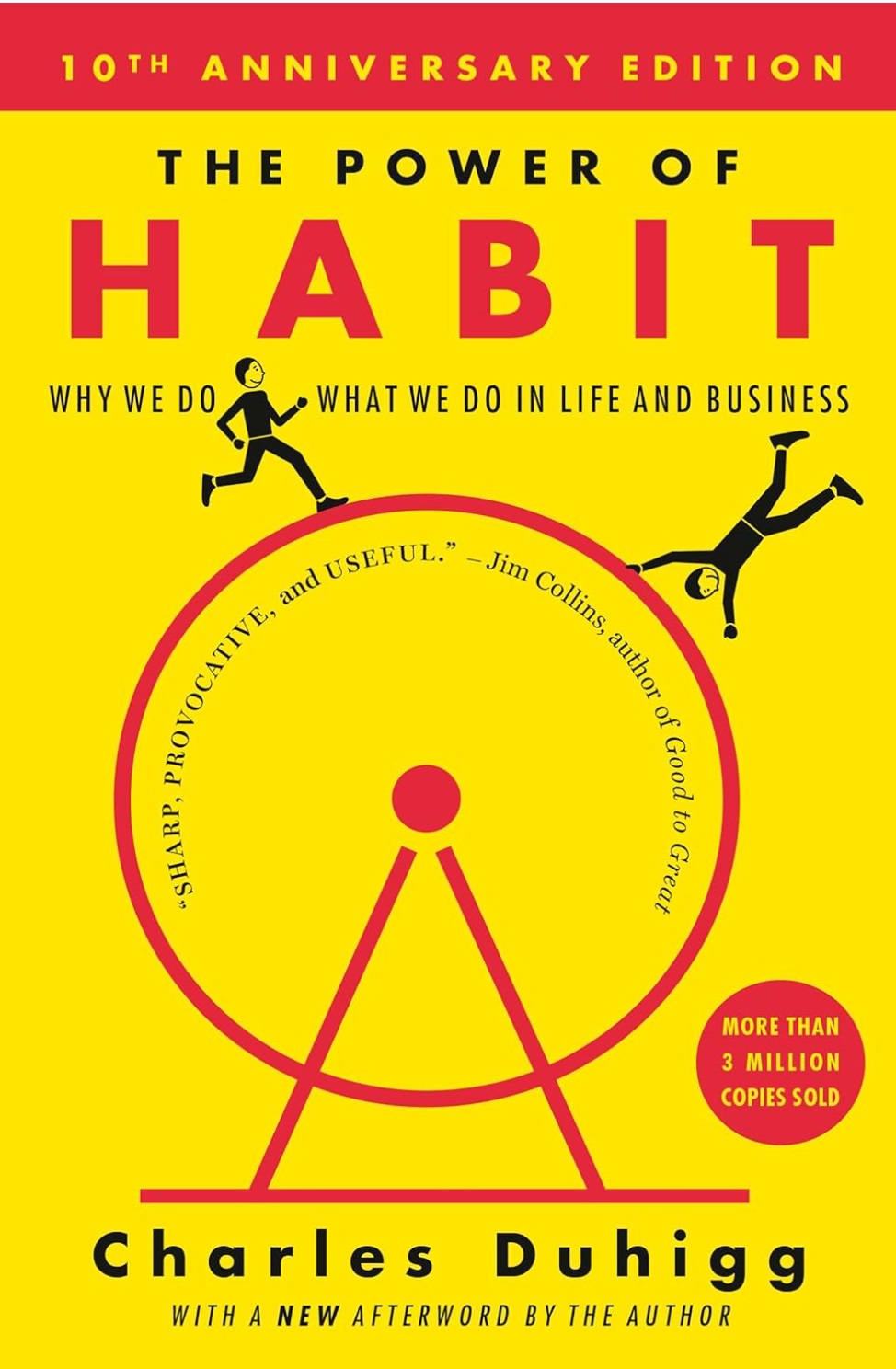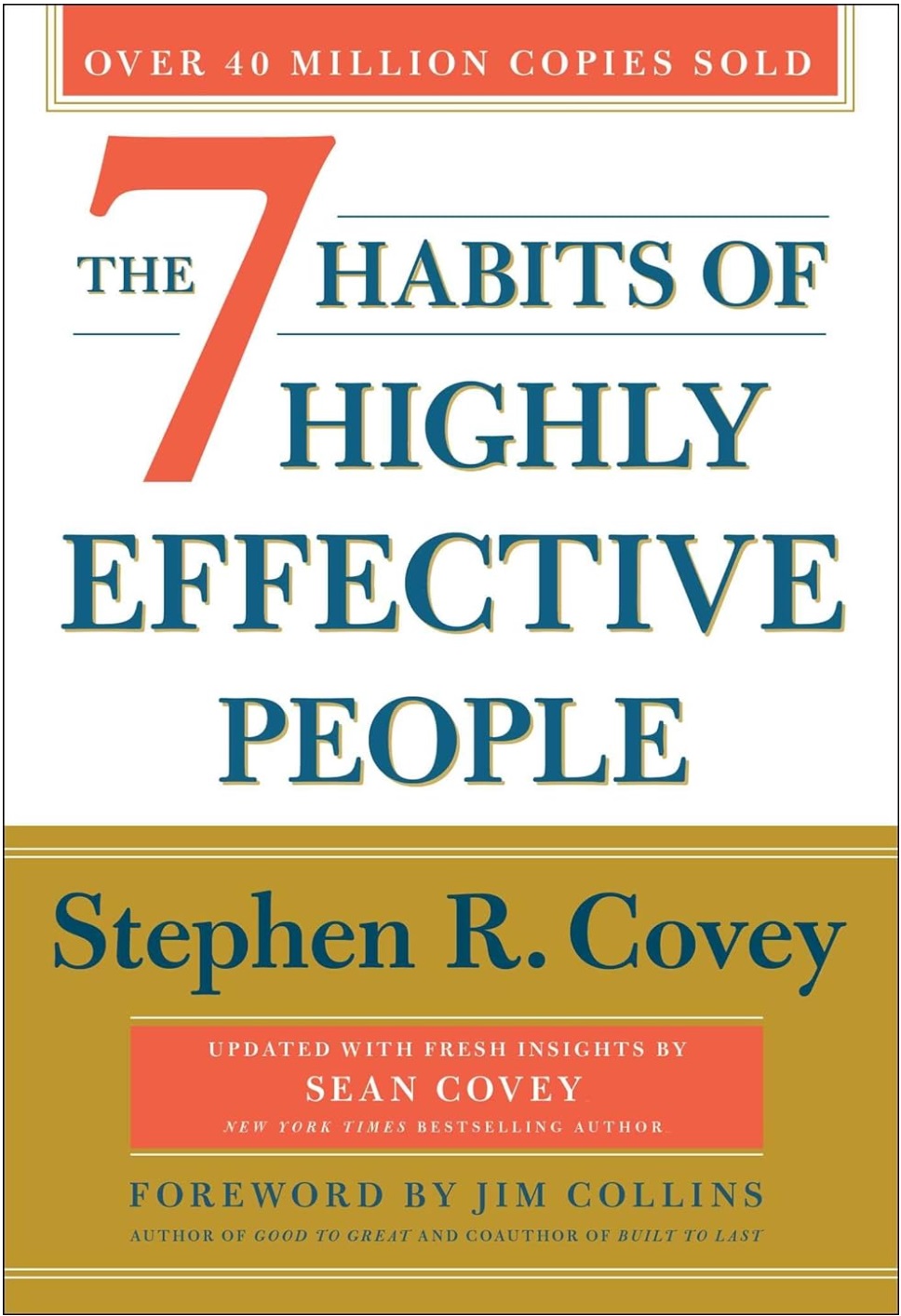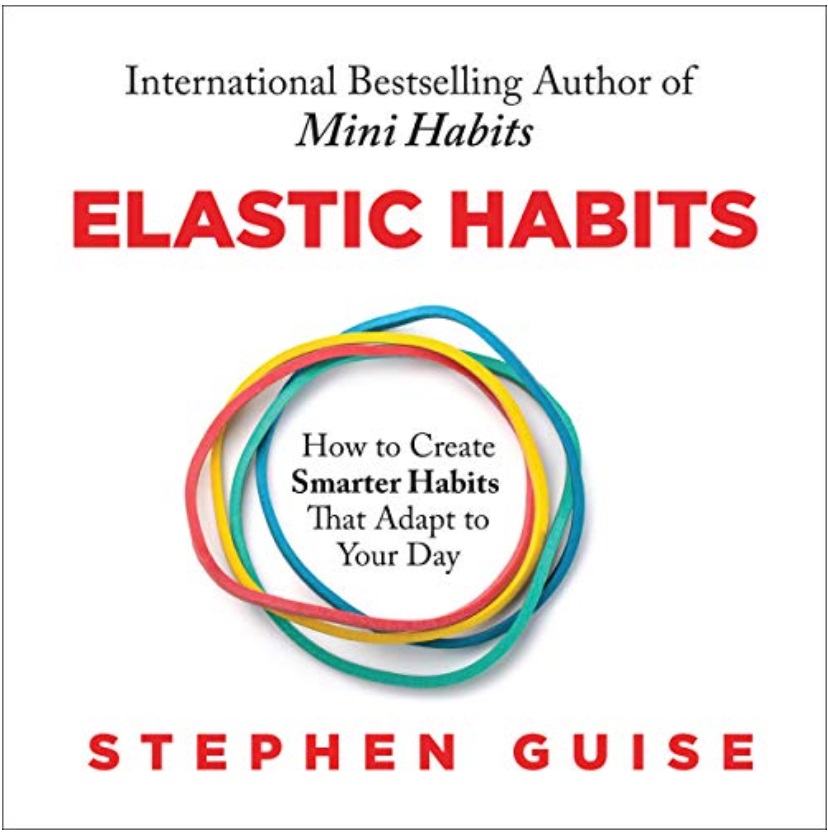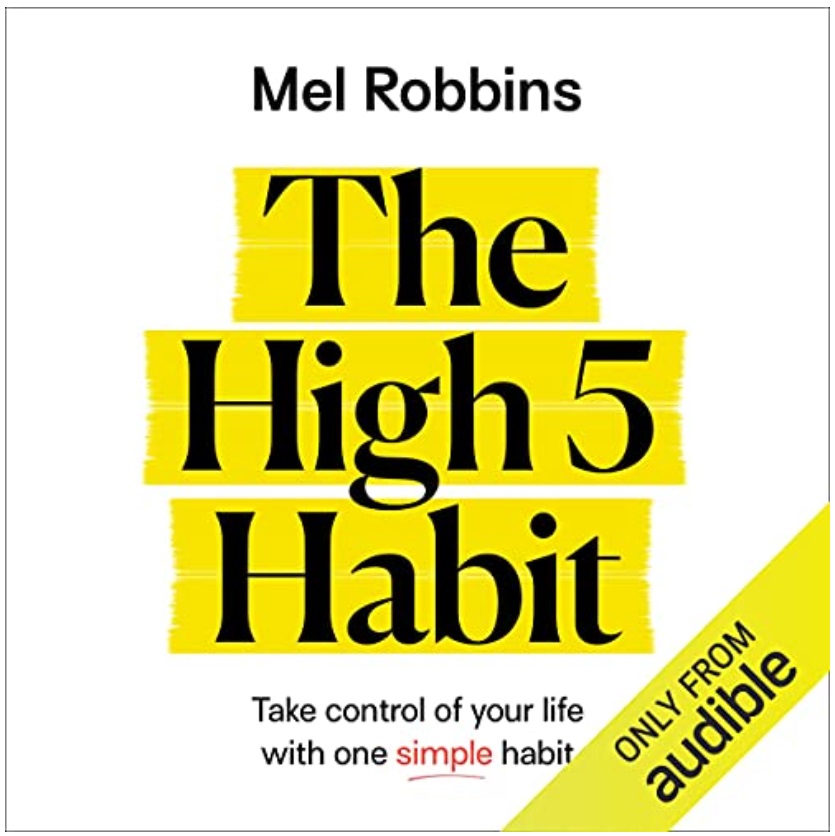- KEY POINTS
- Adopt gratitude practices to shift focus from negativity to positivity.
- Challenge negative thoughts with daily self-reflection and affirmations.
- Create positive habits that nurture a resilient and optimistic mindset.
Negativity has a way of sneaking into our minds, often without us realizing it. A passing critical thought or a lingering doubt can snowball into a mindset that colors our entire day. I’ve been there—waking up with good intentions, only to find myself overwhelmed by pessimistic thoughts and feeling like I’m stuck in a loop of frustration.
Letting go of negativity doesn’t mean ignoring challenges or pretending everything is fine. It’s about shifting your mindset intentionally and creating daily habits that build resilience and positivity.
In this post, I’ll share practical strategies that have helped me release negativity and embrace a more empowering outlook on life.
Table of Contents
ToggleRecognize and Reframe Negative Patterns
Notice the Triggers
One of the first steps I took to let go of negativity was identifying my triggers. I noticed that certain situations—like receiving constructive feedback or making a mistake—would immediately spiral me into negative self-talk. By paying attention to these patterns, I became more aware of when negativity was creeping in.
Why It Works: Awareness helps you take control of your thoughts. Once you recognize what triggers negativity, you can respond to it instead of reacting.
Action Step: Spend a day tracking your thoughts and noting when negativity arises. Write down the situations that trigger those thoughts. For more help identifying patterns, visit How to Develop Positive Self-Talk Every Day.
Reframe Negative Thoughts
Once I identified my triggers, I began challenging and reframing my negative thoughts. For example, instead of thinking, “I can’t believe I messed up that presentation,” I reframed it to, “I made a mistake, but I learned how to improve for next time.” This shift didn’t happen overnight, but with practice, it became easier to replace harsh self-criticism with constructive and compassionate thoughts.
Why It Works: Reframing helps you see challenges as opportunities for growth, reducing the emotional weight of negativity.
Action Step: Choose one recurring negative thought and practice reframing it into a positive or neutral statement.
Reflective Question: What’s one recurring negative thought you’ve noticed, and how can you reframe it to focus on growth or possibility?
Shift Your Focus to Gratitude
Start a Gratitude Practice
Gratitude became a powerful tool for me when I realized how much of my energy was spent focusing on what I didn’t have or what went wrong. Each evening, I started writing down three things I was grateful for, no matter how small. It might be as simple as a kind word from a friend or the warmth of the sun on a chilly day. Over time, this practice shifted my focus from scarcity to abundance.
Why It Works: Gratitude rewires your brain to notice and appreciate the positive aspects of your life, reducing stress and negativity.
Action Step: Begin a gratitude journal and write down three things you’re thankful for each day. For more ideas, check out Simple Daily Habits to Build Emotional Resilience.
Appreciate Progress Over Perfection
I used to beat myself up over not achieving my goals fast enough. But then I started celebrating small wins, like completing a task I’d been procrastinating on or taking a step toward a larger goal. Shifting my focus from perfection to progress helped me build momentum and let go of the negativity tied to unrealistic expectations.
Why It Works: Celebrating progress fosters a sense of achievement and motivates you to keep moving forward, even if the steps are small.
Action Step: Take a moment to reflect on one small accomplishment today. Write it down and celebrate it as a step toward your bigger goals.
Reflective Question: What’s one thing you’re grateful for today, and how has it positively impacted your mindset?
Replace Negativity with Constructive Habits
Focus on Solutions, Not Problems
I used to spend so much time replaying problems in my head that it felt like they were growing larger by the minute. For example, if I had a disagreement with a colleague, I would mentally rehash the conversation, imagining all the ways it could have gone better. But once I started focusing on solutions instead of the problem itself, I noticed a significant change. Instead of dwelling on what went wrong, I’d ask myself, “What can I do to improve this situation?”
Why It Works: Shifting your focus to solutions reduces feelings of helplessness and empowers you to take action, leaving less room for negativity.
Action Step: The next time you face a challenge, pause and list three possible solutions, even if they’re small. For more tips, visit Overcome Challenges with Resilience Techniques.
Create Space for Mindfulness
Mindfulness became a daily practice for me when I realized how much negativity stemmed from overthinking. By dedicating just a few minutes a day to mindfulness—whether through focused breathing or simply paying attention to the present moment—I learned to let go of intrusive thoughts and focus on what really mattered.
Why It Works: Mindfulness calms the mind and creates distance from negative thoughts, helping you approach challenges with clarity and balance.
Action Step: Spend five minutes today practicing mindfulness. Focus on your breath, observe your surroundings, or use a guided meditation app. For more mindfulness techniques, check out Calm Your Mind with Stress-Relief Habits.
Reflective Question: What’s one problem you’ve been dwelling on, and how can you shift your focus to finding a solution?
Surround Yourself with Positivity
Limit Negative Influences
I started paying attention to how my environment impacted my mindset. For instance, I noticed that scrolling through social media first thing in the morning often left me feeling drained or inadequate. By curating my feeds and setting limits on screen time, I created a space that uplifted me rather than bringing me down.
Why It Works: Reducing exposure to negativity—whether from social media, news, or toxic relationships—protects your emotional energy and supports a positive mindset.
Action Step: Identify one negative influence in your life, whether it’s an activity, a habit, or even a relationship, and take steps to limit its impact. For more ideas, explore Let Go of Negativity with Daily Mindset Shifts.
Cultivate Positive Connections
During tough times, I’ve leaned on supportive friends who bring out the best in me. A simple conversation with someone who understands and encourages me can completely shift my perspective. Building relationships with people who uplift and inspire you is a powerful way to counter negativity.
Why It Works: Surrounding yourself with positivity through relationships provides emotional support and encourages a more optimistic outlook.
Action Step: Reach out to someone who inspires positivity in your life. Schedule a coffee chat, phone call, or walk to connect and recharge. For more on fostering positive connections, visit Build Confidence with Emotional Strength Habits.
Reflective Question: Who in your life inspires positivity and encouragement, and how can you spend more time connecting with them?
Strengthen Resilience with Daily Practices
Build a Routine That Supports Positivity
I’ve found that my daily habits play a huge role in shaping my mindset. When I began incorporating simple routines like morning gratitude, stretching, or taking short breaks throughout the day, I noticed a significant improvement in my overall outlook. These small, intentional actions helped me stay centered and made it easier to let go of negativity when challenges arose.
Why It Works: A consistent routine provides stability and reduces decision fatigue, creating a solid foundation for emotional resilience.
Action Step: Choose one small habit to add to your routine—like journaling for five minutes or starting the day with a positive affirmation. For more tips, visit Simple Daily Habits to Build Emotional Resilience.
Celebrate Progress Over Perfection
There was a time when I set impossibly high standards for myself, and falling short would spiral me into negative thinking. But I learned to shift my focus to celebrating progress instead of perfection. For instance, when I started exercising regularly, I stopped fixating on hitting a certain weight or goal and instead celebrated showing up for myself each day. This mindset shift made the process more enjoyable and sustainable.
Why It Works: Recognizing progress, no matter how small, reinforces your belief in your abilities and reduces the pressure of unrealistic expectations.
Action Step: Take a moment to reflect on one small win today. Celebrate it as a step forward, no matter how minor it might seem. For more ways to embrace progress, check out Bounce Back Faster with These Resilience Tips.
Reflective Question: What’s one small win you can celebrate today, and how does it reinforce your belief in yourself?
Let Go of Perfectionism
Practice Self-Compassion
I used to be incredibly hard on myself whenever I made a mistake. But over time, I learned that treating myself with kindness and understanding—like I would a close friend—made a world of difference. For example, when I missed a deadline, instead of dwelling on it, I reminded myself that everyone has off days and focused on how I could do better next time.
Why It Works: Self-compassion reduces self-criticism and fosters emotional resilience, making it easier to bounce back from challenges.
Action Step: The next time you make a mistake, pause and ask yourself, “What would I say to a friend in this situation?” Then, extend that same compassion to yourself.
Accept Imperfections
I’ve found freedom in accepting that not everything has to be perfect. For instance, when hosting a dinner party, I used to stress over every tiny detail. Now, I focus on creating a welcoming atmosphere instead of obsessing over flaws. Letting go of the need for perfection has allowed me to enjoy the process more fully.
Why It Works: Embracing imperfections helps you focus on what truly matters and reduces the stress of unrealistic expectations.
Action Step: Identify one area in your life where perfectionism is holding you back and take a step toward letting go of it. For more strategies, explore Your Definitive Guide to Emotional Resilience.
Reflective Question: What’s one area where you can replace self-criticism with self-compassion or embrace imperfection?
Conclusion
Letting go of negativity doesn’t mean ignoring the challenges you face; it means approaching them with a mindset that empowers you rather than holds you back. By reframing your thoughts, celebrating progress, and cultivating positive habits, you can create a foundation for emotional resilience and optimism.
Start small. Whether it’s practicing gratitude, building a supportive routine, or letting go of perfectionism, these daily actions add up to significant changes over time. Remember, positivity is a skill you can nurture with consistency and self-awareness.
You’ve got this. If you’re ready for more practical ways to strengthen your mindset and emotional resilience, check out Your Definitive Guide to Emotional Resilience. I’d love to hear how these tips resonate with you—share your thoughts and progress with me!
References
Blog Post References
- Simple Daily Habits to Build Emotional Resilience
- How to Develop Positive Self-Talk Every Day
- Overcome Challenges with Resilience Techniques
- Calm Your Mind with Stress-Relief Habits
- 5-Minute Habits to Strengthen Mental Toughness
- Bounce Back Faster with These Resilience Tips
- How to Stay Calm in Difficult Situations
- Build Confidence with Emotional Strength Habits
- Your Definitive Guide to Emotional Resilience








































